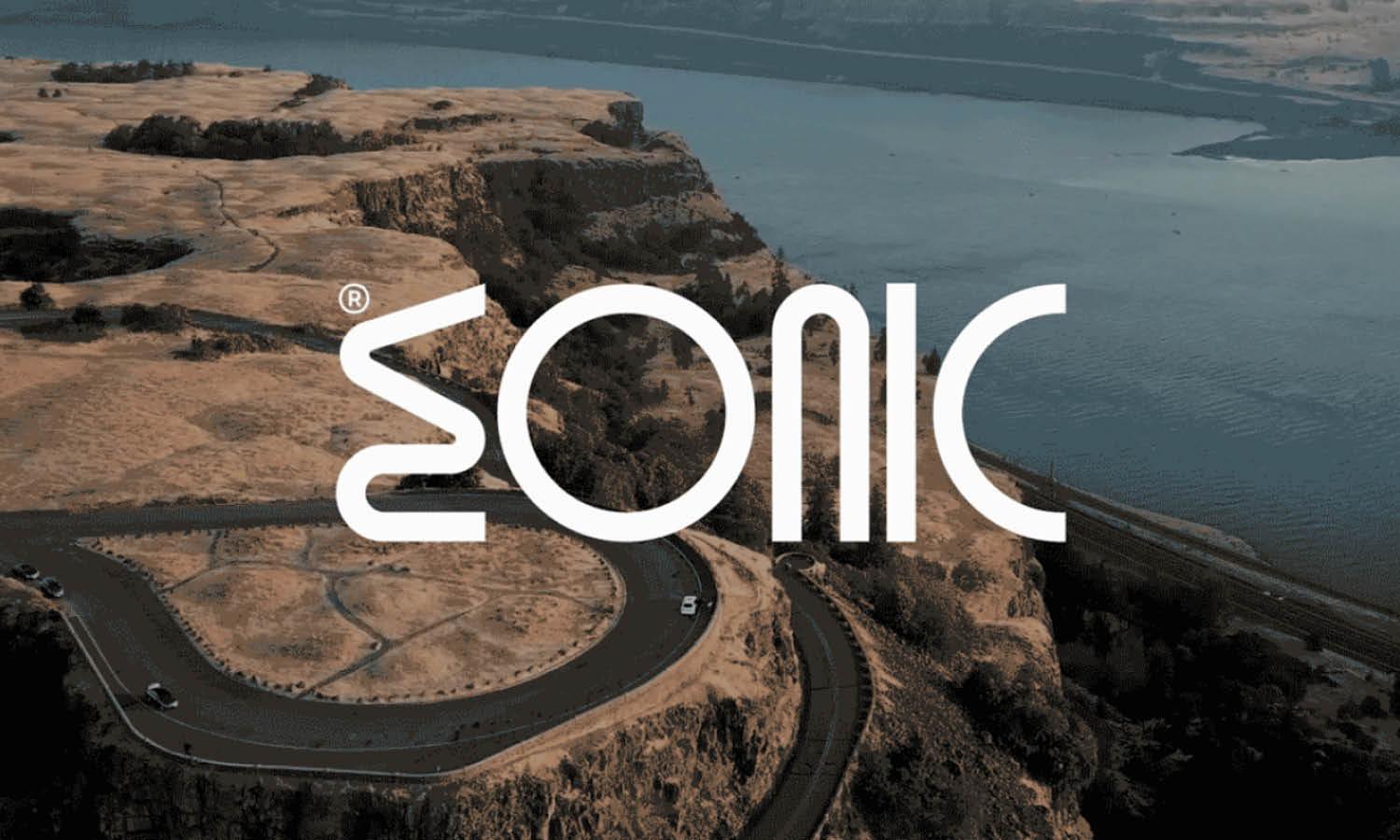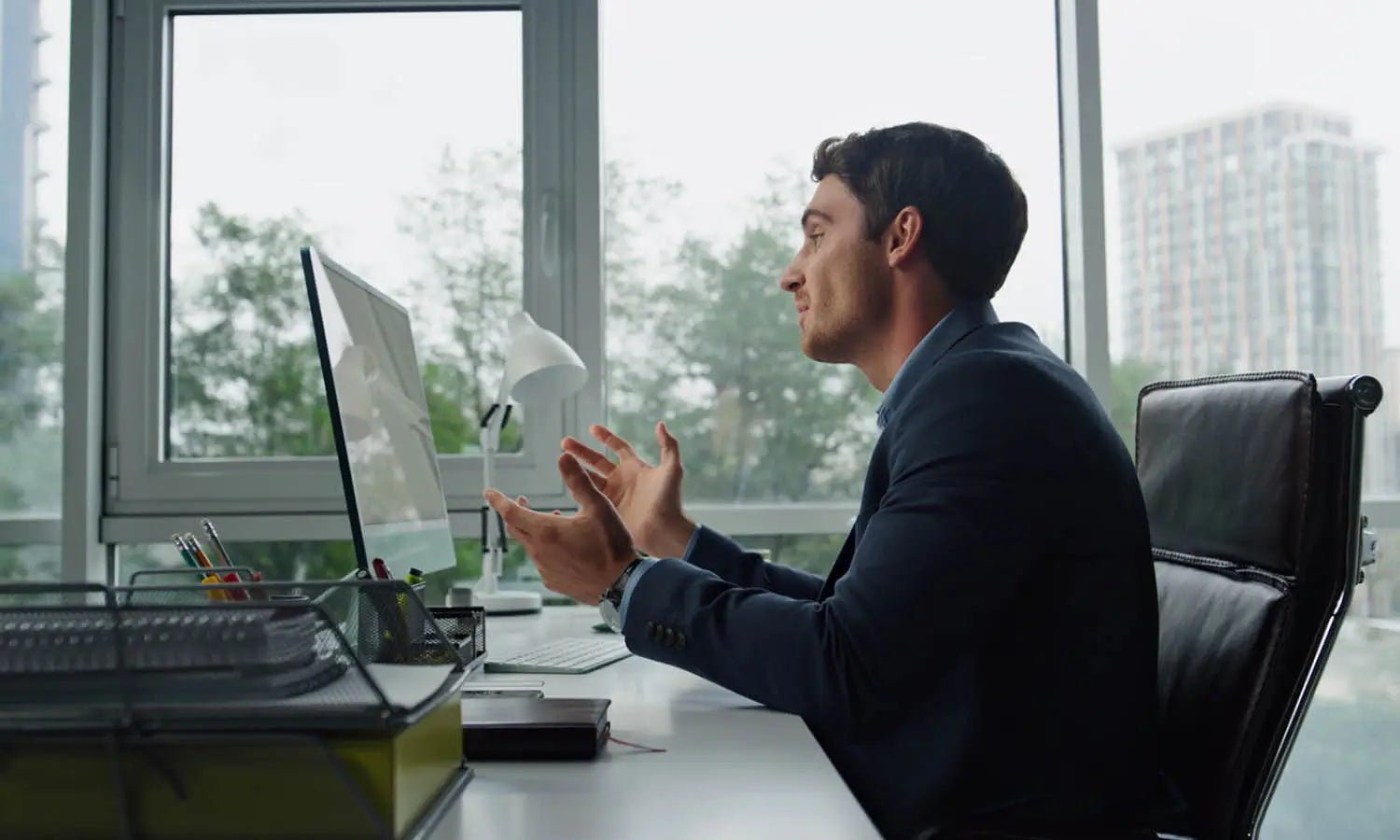Create A Startup Company’s Logo Design in 5 Minutes

Source: Jack Type - Logo Designer, Luigi's Pizza Lettering Logo Sketch, Dribble, https://dribbble.com/shots/16415054-Luigi-s-Pizza-Lettering-Logo-Sketch
Designing a logo for your startup company is a pivotal step in establishing your brand identity and making a memorable impression on your target audience. A logo encapsulates the essence of your business and communicates it visually, making it an essential tool for effective branding. In today's fast-paced business environment, the ability to craft a compelling logo quickly can significantly accelerate your market entry and enhance your visibility.
Whether you're launching a tech startup, a small business, or venturing into e-commerce, understanding the fundamentals of logo design is crucial. This article will guide you through creating a distinctive logo for your startup company in just five minutes. By focusing on simplicity, relevance, and originality, you can develop a logo that not only stands out but also conveys the core values and mission of your business. Let’s delve into practical tips and quick strategies to achieve an impactful logo design that resonates with your audience and fosters brand loyalty.
Understand Your Brand Identity
Before diving into the design of your startup company's logo, it's crucial to have a deep understanding of your brand's identity. This foundational step ensures that your logo reflects what your company stands for and appeals to your target audience. Start by defining your brand's core values, mission, and the unique selling proposition (USP) that differentiates your startup from competitors. Consider what emotions and messages you want your brand to evoke. Is your brand about innovation and technology, or does it promise reliability and trust?
Engage with your potential customers or conduct market research to gather insights that can shape your brand's personality. This understanding will guide your decisions throughout the logo design process, from choosing colors to selecting the appropriate imagery, ensuring that every element aligns with the personality and values of your business. For a startup company, a logo is more than just a visual mark; it is a symbol of your brand’s promise to its customers.
Making sure your logo accurately reflects your brand identity can create a lasting impression and establish a strong connection with your audience. Crafting a logo that embodies your brand’s essence is essential for effective communication and building trust in a competitive market.
Choose a Design Style That Reflects Your Brand
Selecting the right design style for your startup’s logo is pivotal in communicating your brand’s personality and core values effectively. The design style of the logo should resonate with your brand identity and appeal to your target audience. There are several styles to consider, such as modern, minimalist, vintage, or handmade. Each carries its own connotations and visual impact.
For example, a modern and minimalist design often uses clean lines and limited color palettes, conveying efficiency and forward-thinking, suitable for tech startups or businesses aiming to appear cutting-edge. In contrast, a vintage logo can evoke nostalgia and trust, ideal for brands looking to highlight craftsmanship or tradition.
Engaging with design elements that reflect your brand's identity will help your logo tell your story more effectively, making it a powerful asset in your branding strategy. This alignment between design style and brand identity is crucial for creating a coherent and memorable brand image that captivates and retains customers.
Select a Color Scheme Wisely
Choosing the right color scheme is crucial in the logo design process for any startup company. Colors not only enhance the aesthetic appeal of your logo but also play a pivotal role in conveying your brand's message and values. Each color has its own psychological impact and can trigger specific emotions in your audience, making it essential to select a palette that aligns with your brand identity.
For startups looking to evoke professionalism and trust, blue can be an excellent choice, as it often represents stability and reliability. Green is ideal for companies that want to associate with health, growth, or environmental consciousness. On the other hand, vibrant colors like orange or yellow can communicate creativity and energy, suitable for brands that aim to appear youthful and innovative.
It's also important to consider color contrast and visibility. A well-contrasted color scheme ensures that your logo is legible and impactful across various media, including digital platforms and print. Moreover, while it might be tempting to use multiple colors, maintaining a simple palette of two or three primary colors can make your logo more recognizable and memorable.
The strategic use of color in your startup’s logo design can effectively communicate your brand’s essence and distinguish it in a competitive marketplace. Wise color choices help in creating a strong visual identity that resonates with your target audience and supports your brand positioning.

Source: Lucas Fields, Asami Logo & Brand Identity Design, Dribble, https://dribbble.com/shots/15012449-Asami-Logo-Brand-Identity-Design
Pick the Right Typography
Typography is a critical element in logo design, especially for startup companies aiming to establish a strong brand identity. The typeface you choose for your logo can significantly influence how your brand is perceived by potential customers. Each font has its own personality, which can either enhance or undermine your brand's message.
Serif fonts, such as Times New Roman or Garamond, are often associated with tradition, reliability, and respectability—ideal for brands that want to project an image of authority or sophistication. Sans-serif fonts like Helvetica or Arial, on the other hand, convey a sense of modernity and approachability, making them a great choice for startups looking to appear innovative and friendly.
When selecting typography for your logo, it's also important to consider legibility. A logo must be easy to read at various sizes and across different mediums. Complex fonts might look appealing up close but can lose clarity when scaled down for business cards or digital icons.
Moreover, custom typography can set your logo apart from competitors. Tailoring a unique font specifically for your logo can enhance brand recognition and provide exclusivity. However, whether you choose a traditional font or a custom design, ensure that the typography aligns with the overall design and message of your logo, reinforcing your brand identity and appealing directly to your target demographic.
Use Simple Shapes and Symbols
In logo design, especially for startup companies, the use of simple shapes and symbols can significantly enhance the effectiveness and recognition of your brand. Simple geometric forms like circles, squares, and triangles are not only universally recognizable but also evoke specific psychological associations that can benefit your brand communication. For instance, circles can suggest unity and harmony, squares convey stability and balance, and triangles are often associated with power and growth.
Incorporating these shapes into your logo design can create a clean and impactful visual identity that is easily memorable. This simplicity ensures that your logo remains effective across various applications and sizes, from large signage to small digital icons. Moreover, symbols can serve as a shorthand for conveying the essence of your brand. A well-chosen symbol can tell a story or highlight a key aspect of your business, making your logo not just a brand identifier but also a communicator of your brand values.
Make It Scalable
Scalability is a critical factor in the design of a startup company's logo. A scalable logo maintains its impact and legibility across all formats and sizes, from the small screen of a smartphone to the large canvas of a billboard. This versatility is essential for ensuring that your brand's visual identity remains consistent and effective in all marketing materials and platforms.
To achieve scalability, simplicity in design is key. Avoid overly complex logos that feature intricate details, which can become lost or muddled when reproduced at smaller sizes. Instead, focus on bold, clean lines and shapes that are easily recognizable from a distance and in miniature forms.
It's also important to consider the technical aspects of scalability. Your logo should be designed in vector format, which allows for resizing without loss of quality. Vector graphics ensure that whether your logo is on a business card or a large promotional banner, it retains clarity and sharpness. Furthermore, evaluate your logo in various contexts to ensure it remains effective. This includes checking its appearance in black and white, against different backgrounds, and within different layouts.
Create a Versatile Design
A versatile logo design is essential for any startup company, as it ensures your brand identity is effective across a variety of platforms and applications. The goal is to create a logo that is as impactful on a digital app icon as it is on large-scale advertising, like billboards or trade show banners. Versatility in logo design means that your logo maintains its integrity and communicates your brand's message in both color and black and white, underlines its adaptability in different contexts, and ensures it is recognizable in various media.
To achieve this, start by designing in a simple and clean style that translates well both in large and small formats. Consider the use of negative space and classic proportions, which help in maintaining the logo’s clarity and impact without relying on color alone. This approach not only enhances the logo’s usability across different mediums but also increases its longevity as your brand evolves.
Testing your logo in multiple environments is crucial. This can include digital displays, print materials, merchandise, and even unconventional mediums like fabrics or textured surfaces. A versatile logo adapts seamlessly to these varied applications without losing its core essence, ensuring your startup is well-represented in every market encounter.

Source: Lucas Fields, Unsued 'e' Lettermark, Dribble, https://dribbble.com/shots/22950766-Unused-e-Lettermark
Draw Inspiration from Successful Startups
When designing a logo for your startup, looking at successful startups can provide valuable insights and inspiration. Observing how these companies convey their brand identity through their logos can help you understand what elements contribute to a memorable and effective design. Analyze logos that are well-regarded within your industry and note what makes them stand out. Is it their simplicity, their use of color, or perhaps the emotional response they evoke?
For example, consider how tech startups often use sleek, minimalist designs to represent innovation and efficiency, or how food and beverage companies utilize warm colors and organic shapes to evoke freshness and appeal. These successful logos often share common traits: they are distinctive, scalable, and instantly convey the company’s message.
Additionally, studying these logos can reveal trends and techniques that resonate with today’s market, such as the use of gradient colors or dynamic shapes that suggest movement and energy. However, while it is beneficial to draw inspiration from these designs, ensure that your startup’s logo remains unique and true to your brand’s values and vision.
By understanding what makes these logos effective, you can incorporate similar principles into your own design, ensuring that it not only stands out in a crowded marketplace but also truly represents your startup’s identity and aspirations.
Keep It Unique and Memorable
Creating a unique and memorable logo is crucial for any startup company looking to stand out in the competitive market. A distinctive logo can significantly enhance brand recognition and foster brand loyalty among your target audience. To achieve this, focus on originality and creativity in your logo design process. Avoid clichés and overly used visuals within your industry, as these can make your brand appear generic and forgettable.
Instead, think about what sets your company apart from others. This could be a unique service, a novel approach to business, or a distinctive brand personality. Reflect these unique aspects in your logo through innovative use of shapes, colors, and typography. For instance, if your startup is centered around sustainability, incorporating elements of nature into your design can immediately convey your eco-friendly philosophy.
Another strategy to enhance memorability is to imbue your logo with a story or a meaning that resonates with your audience. A logo that communicates a deeper message or an emotional response can create a lasting impression, making it more likely for customers to remember and recognize your brand.
Avoid Overcomplicating the Design
In the world of logo design for startup companies, simplicity is key. An overcomplicated logo can dilute your brand message and make it difficult for your audience to recognize and recall your brand. To ensure your logo remains effective, focus on clarity and ease of understanding in your design.
Start by limiting the number of colors, fonts, and shapes used in your logo. A common rule of thumb is to use no more than two fonts and three colors. This simplicity helps to maintain the logo’s visibility and impact across various media, from digital screens to physical merchandise. Additionally, simple designs are often more timeless and less likely to need frequent updates as trends change.
Furthermore, a simple logo design facilitates quicker recognition. Since logos often need to be processed quickly by consumers, a straightforward design with a clear message will be more effective at communicating your brand identity than a complex one.
Conclusion
Designing a logo for your startup company is more than just creating a visual identity; it's about crafting a symbol that encapsulates your brand's essence and communicates it effectively to your audience. By focusing on clarity, simplicity, and uniqueness, you can develop a logo that not only stands out but also fosters brand recognition and loyalty. Remember, a well-designed logo is a powerful tool that can elevate your startup's presence in a competitive market. Keep these principles in mind, and you'll be well on your way to creating a logo that truly represents your startup's vision and values.
Let Us Know What You Think!
Every information you read here are written and curated by Kreafolk's team, carefully pieced together with our creative community in mind. Did you enjoy our contents? Leave a comment below and share your thoughts. Cheers to more creative articles and inspirations!
















Leave a Comment